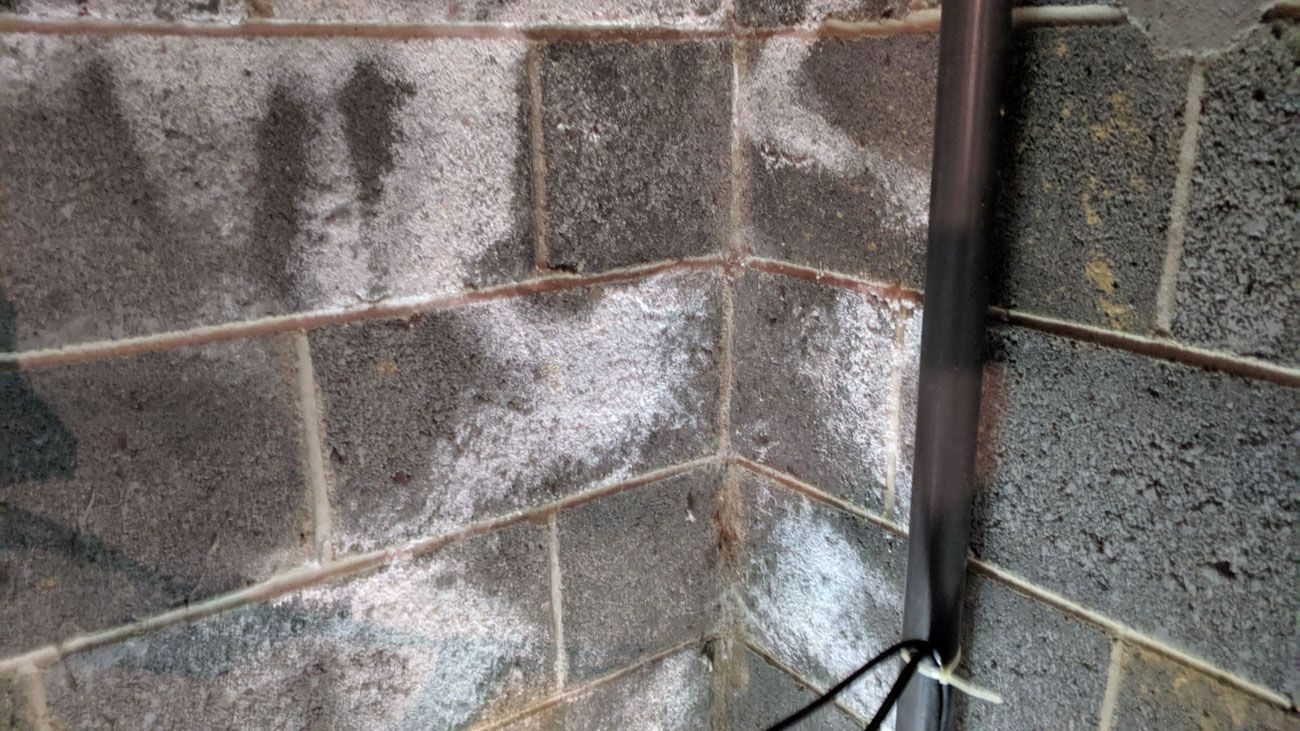Are There Differences Between Colors of Mold?
When to Call for Attic Mold Remediation

Mold can be a severe problem in homes, as it can cause health issues and damage your property. Mold can grow anywhere in a home, including a kitchen, bathroom, basement, and attic. Even if mold grows in places you don’t frequent, it's crucial to employ mold remediation quickly.
It is beneficial to keep an eye out for mold in your home, as early detection and removal can prevent more significant problems. Some signs of mold include musty odors, visible growth, and health symptoms such as allergies or respiratory issues.
Mold detection is a crucial part of remediation: the sooner the problem is identified, the easier the solution. Spotting mold with your eyes is one of the best ways to know it's time for help, but what should you look for? Mold comes in various colors, each with its characteristics and potential health effects. Some standard colors of mold include:
· Black: This mold, also known as Stachybotrys chartarum, is commonly found in damp or humid indoor environments. It can grow on various surfaces, including drywall, wood, and insulation. It can produce toxic substances called mycotoxins, which can cause serious health problems if consumed or inhaled. It's important to note that not all black mold is Stachybotrys chartarum; other types of mold can also be black. If you believe that you have mold in a crawl space, you must reach out for attic mold remediation.
· Green: Green mold, also known as Cladosporium, is commonly found indoors and outdoors. It can grow on various surfaces, including wood, paper, and fabrics.
· White: White mold, also known as Penicillium, is commonly found in indoor environments, particularly in damp or humid areas. It can grow on a variety of surfaces, including wallpaper, insulation, and fabrics.
· Orange: Orange mold, also known as Alternaria, is commonly found in outdoor environments, particularly in soil and plants. It can grow on indoor surfaces such as shower stalls, window sills, and fabrics.
* Green, White, and Orange mold can cause allergic reactions in some people, including sneezing, itching, and a runny nose.
· Brown: Brown mold, also known as Aspergillus, is found in many different environments, including homes and buildings. It can grow on a variety of surfaces, including wood, soil, and food. Some species of Aspergillus can produce toxins called mycotoxins, which can cause serious health problems if ingested or inhaled.
In Myrtle Beach and the surrounding area, crawl space mold is a huge problem: because of the proximity to water and the weather in the area. The most frequent color of mold found in crawl spaces is typically black or dark green, but it can also appear in other colors, such as white, orange, and brown. Black mold, also called Stachybotrys chartarum, is commonly found in damp or humid indoor environments and can grow on various surfaces, including drywall, wood, and insulation. It can produce toxic substances called mycotoxins, which can cause serious health complications if ingested or inhaled. Professional attic mold testing is the only way to know if you have mold in your crawl space.
It is important to note that the color of mold alone is not always a reliable indicator of its potential health effects, as some molds can appear in various colors. Any mold in indoor environments should be removed because it can cause health problems such as allergic reactions, respiratory issues, and other symptoms, especially in people with mold allergies, asthma, other respiratory conditions, or weakened immune systems. To avoid mold growth in your home, keep indoor humidity levels low, fix leaks, and clean up any mold that you find. If you suspect mold in your home, it is best to contact a professional to assess and remove it.



